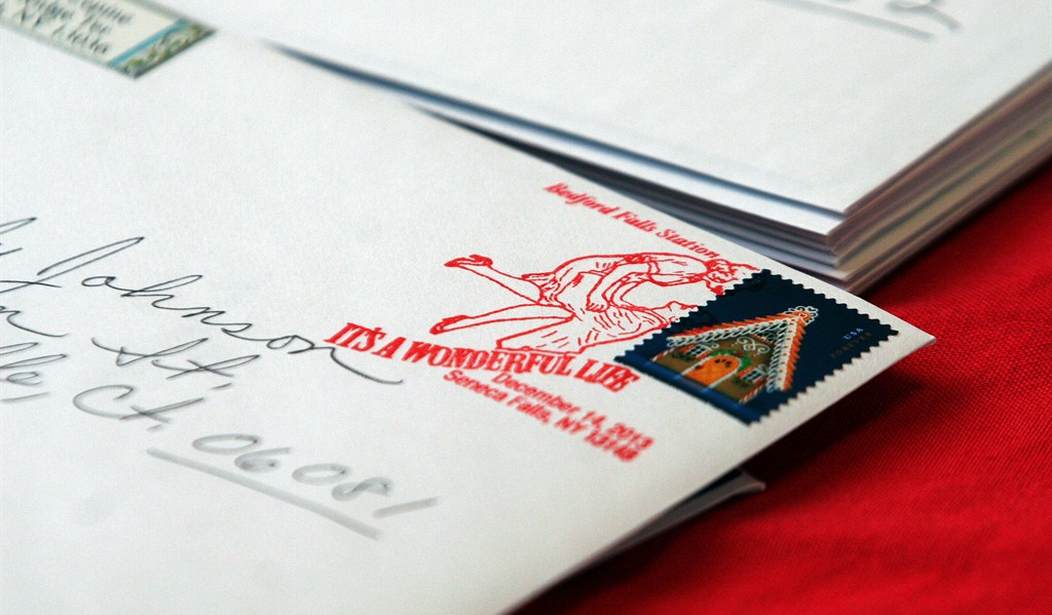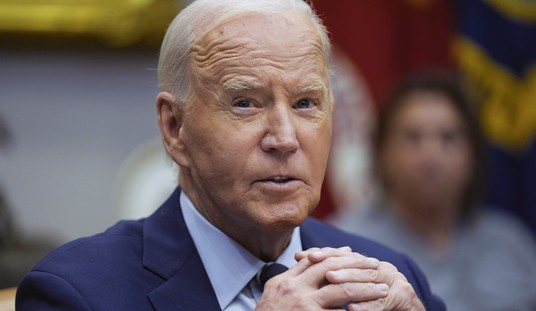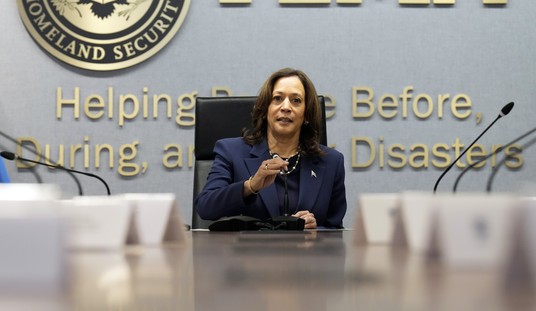Postal reform may not be mentioned much in the presidential debates. But if the Postal Service continues to struggle with on-time delivery through the holiday season, we will hear much more about this during the new year – both because it is becoming urgent and because it is one of the few issues Congress can make progress on during an election year.
With that in mind, here are five lines of argument likely to emerge during those debates and why it is best if Congress does not accept the conventional wisdom.
To wit:
--The Postal Service is not a government agency and should survive on its own. The Postal Service is one of the few agencies specifically authorized by the U.S. Constitution. It was indeed viewed as the most important agency established by the government at that time. It achieved cabinet status in 1872 but, since the Postal Reorganization Act of 1971, has been an independent federal agency of the executive branch. It is controlled by presidential appointees and the Postmaster General.
It does not receive direct subsidies from the federal government, although some speculate it will soon. But it does receive operational subsidies its various private sector competitors could only dream of. It pays no property tax, no parking tickets, no vehicle registration fees and no sales tax. It does pay a 35 percent tax on the money it generates from sales of its outside businesses, but the law specifies that it pay that tax to itself.
Moreover, the Postal Service has tapped out a $15 billion line of credit and the government has allowed it to lapse on congressionally mandated payments to prefund retirement benefits for its 600,000-odd employees. It also has been able to continue paying those employees despite losing $51.7 billion and amassing unfunded liabilities of nearly $100 billion from 2007 through 2014.
Recommended
--The Postal Service would not be in the red were it not for the prefunding requirement. Untrue. Since 2011, a period in which it lost more than $20 billion, it has made no payments of any amount to prefund retirement expenses. It paid a reduced amount of $1.4 billion in 2009, then got Congress to allow it to postpone its 2011 payment of $5.5 billion until 2012. Then, it reneged in 2012 on the by-then $11 billion it owed, and its unfunded liabilities in this one area will reach $33.9 billion by 2016.
The Postal Service has had the cash during this time to make at least a partial payment, but it has declined to do so citing the need to update its vehicle fleet to accommodate its package delivery businesses. Some also claim the Postal Service is singled out unfairly for this requirement, but nearly all federal agencies and about a fourth of private-sector firms prefund all retirement expenses.
--The Postal Service is obsolete. Indeed, the Postal Service was making money until 2006, when a recession jolted mail traffic. When the economy recovered, it do so largely on the strength of e-commerce, which also hurt the Postal Service’s core and monopoly-protected business – delivering first-class mail to businesses and residences. The Postal Service has not had a profitable quarter since 2007, is on track to lose $15 billion in 2015 and has seen mail volume decline by nearly 30 percent since its peak in 2006.
On the other hand, it delivered 155 billion pieces of mail last year – about 40 percent of all the mail delivered in the world. Its revenues amounted to nearly $68 billion. Its 617,000 employees work from about 31,000 postal facilities located in nearly every community in the country. And a variety of products, including letters, post cards, holiday greeting cards, small packages, mailers, utility bills, magazines, tax forms and other items remain its exclusive province.
--The Postal Service must diversify to survive. This seems reasonable enough. Its core business is disappearing because of technology. The growth area seems to be delivering packages of goods purchased over the Internet. Its established delivery network – the bulwark of which is the largest fleet of vehicles in the world and the means to deliver to every address in the country – might seem to make this an ideal fit.
But many of the businesses have not been successful. One, Metro Post, which delivered groceries and other items to customers in San Francisco, had to be abandoned after it made just 45 deliveries in a 6-month period. Other investments – most of which have centered on quick delivery of products in large metropolitan areas – have yielded a dime on the dollar or less.
And although some of the side businesses do show a profit on paper, in many cases those profits would disappear if the services weren’t using vehicles, manpower and other resources of the Postal Service’s traditional businesses.
--People are fed up. One would think this would be the case. Customers are being hit with late fees and hot check fees and other penalties because their mail arrives late or not at all. The Postal Service softened its own requirements for what would be considered on-time delivery in recent years, and it now can’t meet even the looser requirements.
Rural delivery has come under intense fire after the Postal Service closed 3,100 mostly rural offices. A coalition of Midwestern members of Congress has formed to work on improving postal service in rural areas.
Yet, a survey last year by Gallup found the Postal Service to be the most popular among the 13 agencies it studied. It found 72 percent approve of the agency and only 8 percent found its service to be poor.
That won’t last if the Postal Service does not find a way to again deliver the mail on time. On-time deliveries have dropped sharply in the last year. But if that problem can be addressed, the agency should remain a favorite of the people it serves.

























Join the conversation as a VIP Member